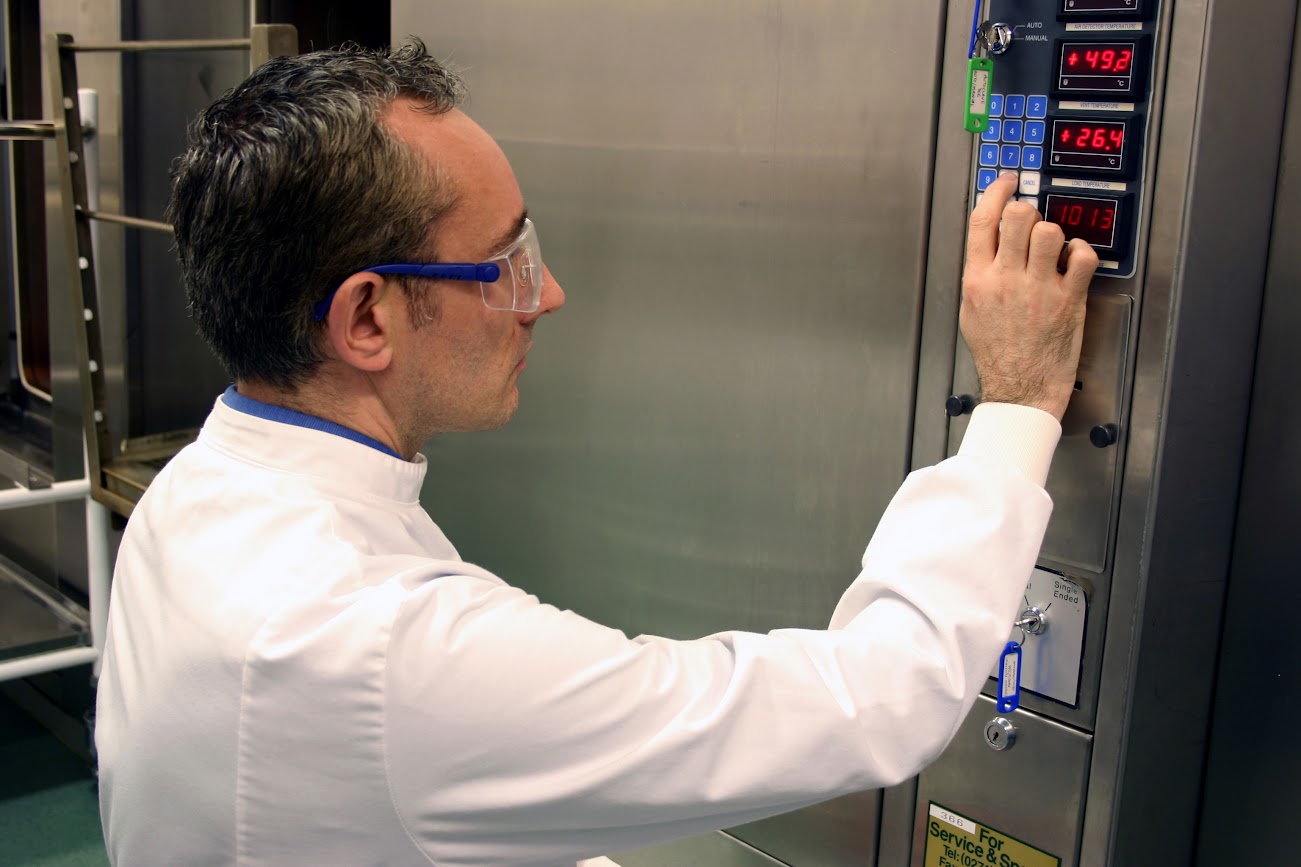Science
AI Revolutionizes Research Data Sharing with FAIR2 Management

A new artificial intelligence system is transforming the landscape of scientific research data management. The FAIR2 Data Management platform, introduced by the open-science publisher Frontiers, aims to make vast quantities of unused and underutilized research data more accessible and valuable. Traditionally, it is estimated that only 20% of datasets produced in laboratories are shared, and even fewer are reused effectively. With FAIR2, researchers can bridge this gap, enhancing the potential for new discoveries.
The FAIR2 platform integrates various essential processes, including curation, compliance checks, and peer review, into a streamlined system. This innovative approach allows datasets to be made reusable, verifiable, and citable, ultimately promoting responsible sharing and recognition of scientific work. By providing an interactive portal for data visualization and certification, FAIR2 embodies the principles of open science, ensuring that research investments translate into meaningful advancements in fields such as health, sustainability, and technology.
Building on the FAIR Principles
The FAIR2 initiative builds upon the original FAIR principles—Findable, Accessible, Interoperable, and Reusable—first articulated in a March 2016 paper published in the journal Scientific Data. The adoption of these principles was notably endorsed by leaders at the G20 Hangzhou Summit, highlighting the global commitment to improving research data management.
FAIR2 marks the first operational implementation of these principles, arriving at a time when research output is increasing rapidly and the role of artificial intelligence in discovery is expanding. By converting high-level principles into a scalable infrastructure, the platform seeks to ensure measurable impacts in scientific inquiry.
Enhancing Accessibility and Efficiency
One of the most significant challenges facing researchers today is the lengthy process of organizing and verifying datasets. The FAIR2 system, powered by Senscience, accelerates this process, enabling tasks that traditionally took months to be completed in mere minutes. Researchers submitting their data receive several integrated outputs: a certified Data Package, a peer-reviewed Data Article, an Interactive Data Portal, and a FAIR2 Certificate. Each component is designed to include quality controls and clear summaries, making the data more comprehensible and compatible across various research disciplines.
For example, the Environmental Pressure Indicators (1990-2050) dataset combines observed and modeled data from 43 countries over six decades, tracking critical metrics such as emissions, waste, and GDP. This dataset serves as a foundation for sustainability benchmarking and informs evidence-based climate policy planning.
The FAIR2 platform not only enhances the visibility and accessibility of scientific data but also supports responsible reuse by a broad range of stakeholders, including scientists, policymakers, and communities. By facilitating the integration of data into AI systems, FAIR2 aims to maximize the societal value derived from research investments.
Dr. Ángel Borja, Principal Researcher at AZTI, part of the Basque Research and Technology Alliance (BRTA), endorsed the FAIR2 approach, stating, “I highly recommend using this kind of data curation and publication of articles, because you can generate information very quickly, and it’s useful formatting for any end users.”
As the scientific community increasingly embraces platforms like FAIR2, the hope is that the barriers currently stifling progress in areas such as cancer treatment and climate science will be dismantled, paving the way for a new era of collaborative and efficient research.
-

 Lifestyle2 months ago
Lifestyle2 months agoWinnipeg Celebrates Culinary Creativity During Le Burger Week 2025
-

 Health2 months ago
Health2 months agoMontreal’s Groupe Marcelle Leads Canadian Cosmetic Industry Growth
-

 Science2 months ago
Science2 months agoMicrosoft Confirms U.S. Law Overrules Canadian Data Sovereignty
-

 Education2 months ago
Education2 months agoRed River College Launches New Programs to Address Industry Needs
-

 Science2 months ago
Science2 months agoTech Innovator Amandipp Singh Transforms Hiring for Disabled
-

 Technology2 months ago
Technology2 months agoDragon Ball: Sparking! Zero Launching on Switch and Switch 2 This November
-

 Technology3 weeks ago
Technology3 weeks agoDiscord Faces Serious Security Breach Affecting Millions
-

 Education2 months ago
Education2 months agoBrandon University’s Failed $5 Million Project Sparks Oversight Review
-

 Technology2 months ago
Technology2 months agoGoogle Pixel 10 Pro Fold Specs Unveiled Ahead of Launch
-

 Science2 months ago
Science2 months agoChina’s Wukong Spacesuit Sets New Standard for AI in Space
-

 Technology2 months ago
Technology2 months agoWorld of Warcraft Players Buzz Over 19-Quest Bee Challenge
-

 Education2 months ago
Education2 months agoAlberta Teachers’ Strike: Potential Impacts on Students and Families
-

 Business2 months ago
Business2 months agoDawson City Residents Rally Around Buy Canadian Movement
-

 Technology3 weeks ago
Technology3 weeks agoHuawei MatePad 12X Redefines Tablet Experience for Professionals
-

 Business2 months ago
Business2 months agoNew Estimates Reveal ChatGPT-5 Energy Use Could Soar
-

 Technology2 months ago
Technology2 months agoFuture Entertainment Launches DDoD with Gameplay Trailer Showcase
-

 Science2 months ago
Science2 months agoXi Labs Innovates with New AI Operating System Set for 2025 Launch
-

 Technology2 months ago
Technology2 months agoInnovative 140W GaN Travel Adapter Combines Power and Convenience
-

 Business1 month ago
Business1 month agoRocket Lab Reports Strong Q2 2025 Revenue Growth and Future Plans
-

 Technology2 months ago
Technology2 months agoGlobal Launch of Ragnarok M: Classic Set for September 3, 2025
-

 Business2 months ago
Business2 months agoBNA Brewing to Open New Bowling Alley in Downtown Penticton
-

 Technology2 months ago
Technology2 months agoNew IDR01 Smart Ring Offers Advanced Sports Tracking for $169
-

 Technology2 months ago
Technology2 months agoArsanesia Unveils Smith’s Chronicles with Steam Page and Trailer
-

 Health2 months ago
Health2 months agoGiant Boba and Unique Treats Take Center Stage at Ottawa’s Newest Bubble Tea Shop










